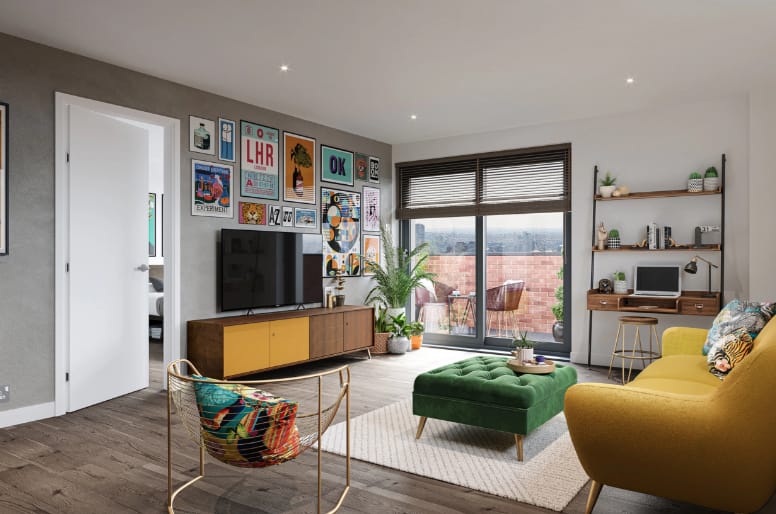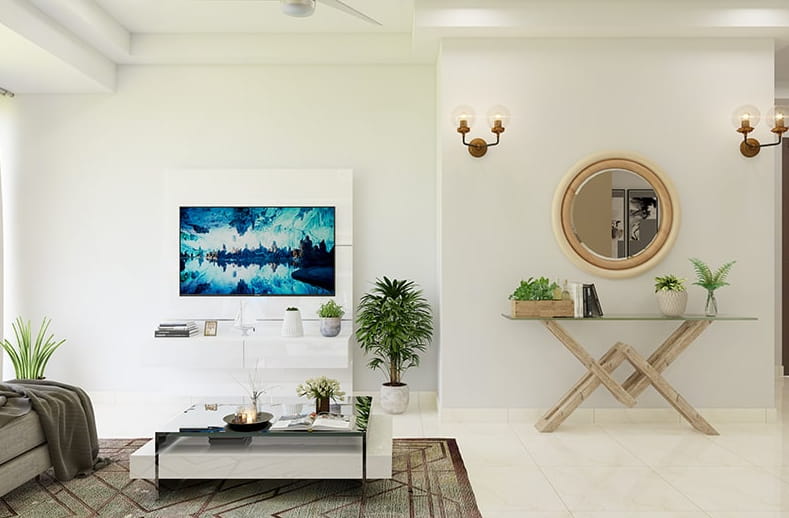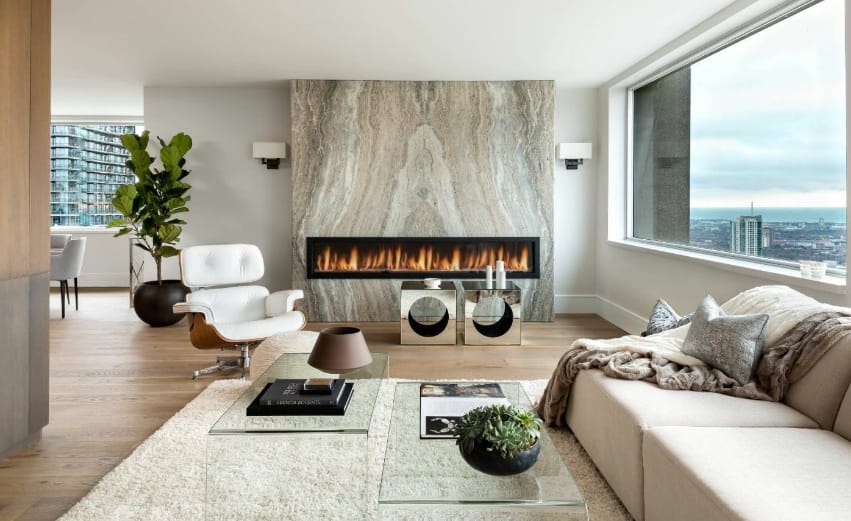As the housing market begins to ease up, many working adults are exploring the possibility of purchasing their first home. For those who already own a house, 2023 could be the perfect year for making some money saving decorating moves.
Home supply retail stores are experiencing a huge rise in sales as a direct result of consumers who want to save a few bucks by doing their own decorating.
Taking on small projects is part of the allure of being a homeowner. For young adults who rent, ownership is the primary goal. What should be on the minds of current owners and those shopping for a property?
First, it’s essential to get expert advice from trusted sources. Interior designers and real estate professionals are uniquely positioned to offer help. People should spend time vetting those they hire to aid in these areas.
Likewise, anyone shopping for a first home can do themselves a favor by learning the ins and outs of mortgage insurance.
Other points to ponder, particularly for amateur decorating enthusiasts, include the use of sculpture, balanced lighting, wall hangings, transition zones, and more.
Here are several suggestions that can make buying and decorating your dream house a fun, rewarding challenge.
Get Professional Advice

There’s no substitute for solid advice, especially when your largest investment is at stake. Whether your goal is to acquire a house or pull off a successful DIY decorating job, try to find those who know the subjects well.
Mortgage professionals can help you navigate the sometimes-complex world of paperwork, down payments, credit applications, and other components of purchasing a property. Plus, they can show you how to boost credit scores in anticipation of filling out a loan application.
Interior designers are creative pros who can give as much guidance as you need. Even for DIY projects, a designer can walk you through the requirements, estimated expenses, and other pieces of the puzzle before you begin the manual labor phase of the job.
Consider asking a friend or coworker for a personal referral to an interior decorator. Then, let the pro know that you’re ready to undertake a DIY project and need an initial consultation. This kind of early input from a professional can make a huge difference in the outcome of your concept.
Make Mortgage Insurance Work for You
If you lack the funds for a standard 20% down payment on a new home, consider using the power of mortgage insurance (MI) to close the gap and make the process of acquiring property more affordable. Of course, you’ll still need a down payment even with MI in place.
However, the insurance policy serves to protect the lender if you default on the loan. The most important thing to do is to learn what MI is and how you can use a policy to get the house of your dreams, all with a down payment that suits your budget.
Keep in mind that for most buyers, MI is a win-win because it accomplishes two goals at once. First, it helps consumers by allowing for a smaller down payment.
Second, after buyers pay off a chunk of the debt on the home, they can retire the mortgage insurance policy and stop paying the premiums. Be sure to speak with your real estate professional to get additional advice about how to find a property that is in line with your financial resources.
Use Sculptures & Wall Hangings

Inexpensive but high-quality sculpture pieces do a great job of filling in otherwise non-functional spaces like corners and odd nooks. They also add beauty to any area.
In a similar way, wall hangings are ideal for covering large vertical areas and reducing the noise level at the same time. Spend time choosing sculptures and hangings that add to the overall look of your living space.
Create Transition Zones
What are transition zones, and how can homeowners use them for maximum effect? Any space between the inside and outside of a home that serves to minimize the abrupt effect of moving from interior to exterior is such a zone.
There are many examples, but the most common ones are porches, covered patios, shaded walkways, and screened indoor-outdoor rooms. Without these zones, the living space is reduced to being a box, the outside of which is a completely open-air environment.
To avoid the box effect, create your own transition areas if the home doesn’t have enough of them. Fortunately, adding a small screened porch or shaded recreation lounge on the front or back of a house is not a costly or complex project.
Explore DIY products and kits at major retailers. Look for all-in-one solutions that include awnings, screens, carpets, and the like.
